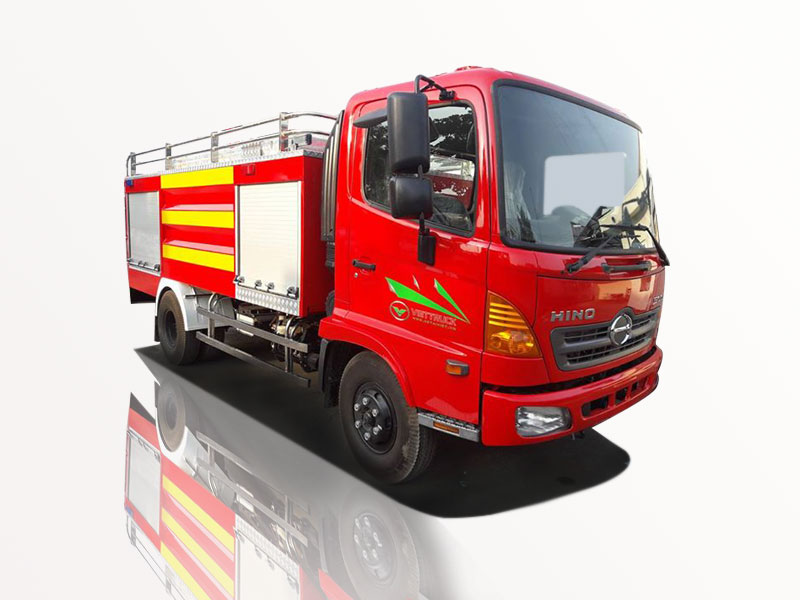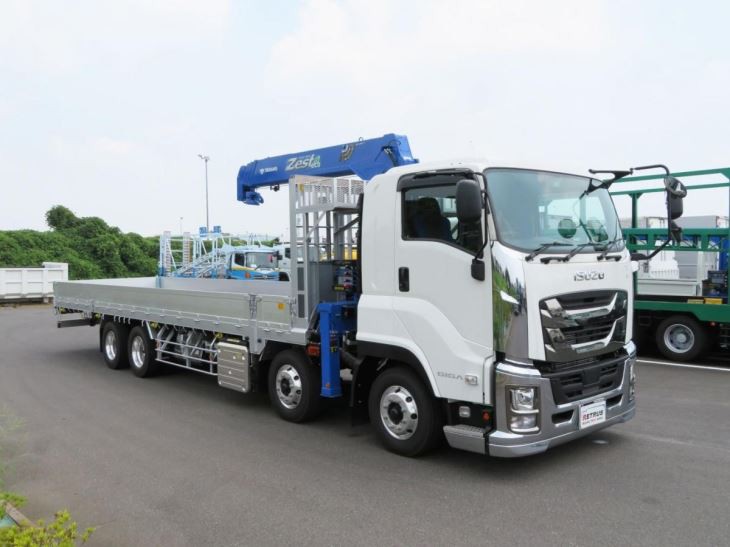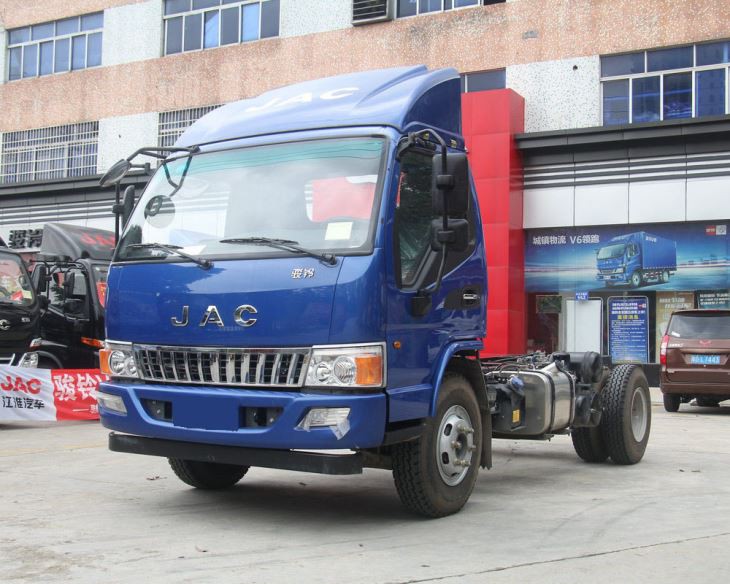Introduction
Managing waste has always been a critical part of both residential and commercial settings. With increasing concerns over cleanliness and sanitation, innovations in waste management have come to the forefront. One such innovation is the hydraulic trash can lifter. This efficient device not only simplifies the process of waste disposal but also enhances safety and cleanliness at home and in the workplace. In this article, we’ll explore everything you need to know about hydraulic trash can lifters, their benefits, installation, maintenance, and more.
What is a Hydraulic Trash Can Lifter?
A hydraulic trash can lifter is a mechanical device designed to make waste disposal easier and more efficient. Utilizing hydraulic power, these devices allow for the effortless lifting and tilting of trash cans, minimizing physical strain and maximizing productivity. They are particularly beneficial in commercial settings, such as restaurants, warehouses, and municipalities, but are also gaining traction in residential applications.
How Does a Hydraulic Trash Can Lifter Work?
The hydraulic trash can lifter operates using a hydraulic system, which consists of a pump, cylinder, and fluid. When activated, the pump pushes hydraulic fluid into the cylinder, causing it to extend and lift the trash can. This mechanism enables users to lift heavy cans without exerting significant physical effort. Once the trash is disposed of, the system retracts, lowering the can back into position.
Types of Hydraulic Trash Can Lifters
There are several different types of hydraulic trash can lifters, each designed for specific environments and user needs:
- Residential Hydraulic Lifters: Made for home use, these models are often smaller, more compact, and designed for standard trash can sizes.
- Commercial Hydraulic Lifters: Designed for restaurants and businesses, these lifters can accommodate larger, heavier cans and often come with additional features like foot controls.
- Automated Hydraulic Lifters: These are advanced lifters that can be integrated with smart systems and are often used in municipalities for garbage collection.
Benefits of Using Hydraulic Trash Can Lifters
Incorporating a hydraulic trash can lifter into your waste management routine offers a plethora of benefits:
1. Labor Efficiency
Using hydraulic lifters drastically reduces the physical effort required to lift and dispose of heavy trash can contents. This efficiency can translate into significant time and labor savings, particularly in commercial settings.
2. Enhanced Safety
Heavy lifting can lead to injuries and accidents in the workplace. Hydraulic trash can lifters minimize the risk of injuries related to lifting and handling garbage, making environments safer.
3. Improved Cleanliness
By facilitating easier disposal, these lifters help maintain cleaner environments. Users can dispose of waste without spilling or making messes, promoting hygiene and cleanliness.
4. Versatility
Hydraulic trash can lifters are versatile and can be used with various trash can sizes and types, making them ideal for diverse waste management needs.
Installation of a Hydraulic Trash Can Lifter
Installing a hydraulic trash can lifter might seem daunting, but it can be a straightforward process if done correctly.
1. Gather Necessary Tools and Materials
Before starting the installation, ensure you have the following tools and materials:
- Wrench
- Screwdriver
- Level
- Hydraulic trash can lifter package
- Safety gear (gloves, goggles, etc.)
2. Choose the Right Location
Find a location that provides easy access for users and does not obstruct pathways or critical areas in your space. A flat, level surface is ideal for stability.
3. Mount the Lifter
Follow the manufacturer’s instructions to mount the hydraulic lifter securely. This may involve bolting the unit to the floor or wall to ensure stability during operation.
4. Connect Hydraulic Lines
Carefully connect the hydraulic lines as specified in the user manual. Ensure there are no leaks in the connections.
5. Test the System
Once installed, perform a test to ensure that the lifter operates smoothly. Check for any unusual noises or issues and rectify them immediately.
Maintenance Tips for Hydraulic Trash Can Lifters
Regular maintenance is key to ensuring the longevity and efficiency of your hydraulic trash can lifter. Consider the following tips:
1. Regular Inspection
Inspect the lifter frequently for any signs of wear or damage. Pay close attention to hydraulic lines, seals, and connections.
2. Keep it Clean
Clean the lifter regularly to prevent the buildup of dirt and grime that can hinder performance. Use appropriate cleaning materials to avoid damaging the device.
3. Check Hydraulic Fluid Levels
Regularly check the hydraulic fluid levels and top up as necessary. Using the wrong type of fluid can affect performance, so always use manufacturer-recommended fluids.
4. Schedule Professional Maintenance
Consider having the lifter professionally serviced on a yearly basis to ensure that all components are functioning optimally.
Choosing the Right Hydraulic Trash Can Lifter
When selecting a hydraulic trash can lifter, consider the following factors to find the best fit for your needs:
1. Size and Capacity
Match the size and capacity of the lifter to your trash can dimensions and types of waste you will be handling.
2. Power Source
Choose between manual and electric models depending on your operational preferences and available power sources.
3. Budget
Hydraulic lifters come in a variety of price ranges. Identify your budget and assess which features are essential for your requirements.
4. Brand Reputation
Research different brands and their reputations within the market. A reputable brand is likely to deliver better quality and customer service.
Practical Examples of Hydraulic Trash Can Lifters in Use
To better understand how hydraulic trash can lifters can improve operations, consider these real-world examples:
Case Study 1: Restaurant Waste Management
A busy restaurant faced challenges with waste disposal during peak hours. By integrating hydraulic trash can lifters, they reduced the time staff spent disposing of waste and decreased the number of spills, leading to a cleaner, more hygienic environment.
Case Study 2: Municipal Garbage Collection
A local municipality implemented hydraulic lifters for their garbage trucks. This change allowed for quicker, more efficient garbage collection, reduced labor time, and minimized the strain on employees, resulting in a more effective waste management system.
Environmental Impact of Hydraulic Trash Can Lifters
Beyond their operational efficiency, hydraulic trash can lifters can also have a positive environmental impact:
1. Reduced Waste Spillage
By minimizing the physical strain involved in lifting and disposing of waste, these lifters help reduce incidents of waste spillage, leading to a cleaner environment.
2. Improved Recycling Rates
With easier access to trash cans for sorting recyclables, users may be more inclined to recycle, contributing to less landfill waste.
3. Energy Efficiency
Many modern hydraulic lifters are designed to be energy-efficient, minimizing the carbon footprint associated with waste management operations.
FAQs About Hydraulic Trash Can Lifters
1. What maintenance is required for hydraulic trash can lifters?
Regular inspections, cleaning, checking hydraulic fluid levels, and scheduling professional maintenance are recommended to keep the lifter in optimal condition.
2. Can hydraulic trash can lifters be used for recycling bins?
Yes, hydraulic trash can lifters can be designed or adapted to work with recycling bins of various sizes and types.
3. How much weight can a hydraulic trash can lifter lift?
The lifting capacity varies by model, but most hydraulic trash can lifters can handle heavy loads, often exceeding 200 pounds. Always check manufacturer specifications for exact figures.
4. Are hydraulic trash can lifters safe to use?
When used correctly and properly maintained, hydraulic trash can lifters are safe and designed to minimize the risk of injuries associated with manual lifting.
5. What is the lifespan of a hydraulic trash can lifter?
The lifespan of a hydraulic trash can lifter can vary based on usage and maintenance, but with proper care, they can last many years—typically between 5 to 10 years or longer.
6. Can I install a hydraulic trash can lifter myself?
Yes, many hydraulic trash can lifters can be installed by users with basic DIY skills. However, ensure to follow the manufacturer’s instructions for a safe and effective installation.



